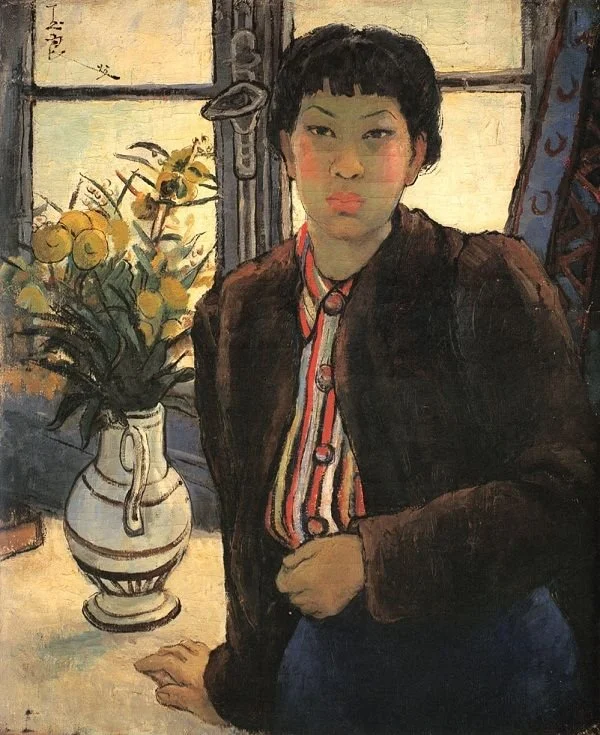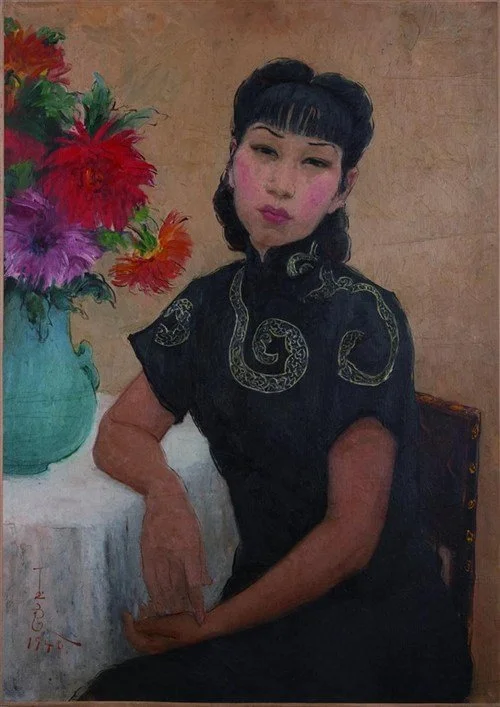Sex Sells, So Does Art
Since the turn of the century the curiosity of gender and sexuality has grown in academia. With this newfound interest the historical relevance of sex-work, more specifically prostitution, has gained popularity. Regardless of the general public’s view of sex-work, it is a profession with major historical importance and influence nonetheless of previous supersession in academia. Sex is free, sex costs money. It can be cheap, as it can be expensive. It is lustful, as it is fueled by love. It is embraced, it is shunned. It can be beautiful, as well as ugly. It’s a basic human need while it is also a luxury. Humans have been selling and buying sex since we knew how to make arrows, start fires, and paint an outline of our hands on cave walls. Throughout history there have been trends of substantial amounts sex-work in certain eras. These trends have arose in affluent societies, impoverished societies, ancient societies, and progressive societies.
I was recently talking to someone about my thesis I wrote a couple years ago for FIU. Here are some ‘highlights’ and snippets.
Depending on the country, region of that country and year, the definition of courtesan varies. Simply, it is a person, usually a woman, who accompanies a wealthy powerful man of noble status in public and private settings. Most of the women chosen to be courtesans were prostitutes prior to this position, but not always. Courtesanship is not based on physicality; it is based on beauty, charm, wit, and creativity. Courtesans were to be cultured, if not more than the officials they served and historically more educated than the other females living within their society. Many were amateur painters and musicians, with high a proficiency in languages and poetry. Although courtesans needed to have all the attributes listed above and more, sex was an aspect that sometimes came with the job. While a large percent of courtesans did have sex with their accompanier, it was not a requirement.
Courtesans were “courted by princes and admired by artists”, regardless of the constant denigration they faced. The first recorded celebrity courtesan is Imperia Cognati who is regarded as “Imperia La Divina” (Imperia the divine). Imperia had a limited number of clients. She was known and courted by men in the Papal Court. She was so successful, she owned a countryside villa and a palazzo in Rome; a gift from a wealthy banker and a frequent client, Agostino Chigi. Agostino Chigi not only bankrolled two houses for Imperia, and would later influence the government to give her a stately funeral after her mysterious death. He would also introduce her to one of the most important artists to come out of the Renaissance, Raphael which modeled her many times for paintings.
Another famous Italian courtesan that we have record of is Fillide Melandroni, who Caravaggio used many times as a model for many different figures.
Caravaggio, “Martha and Mary Magdalene”, 1598, Detroit Institute of Arts
In the sixteenth century a new emphasis was placed on Mary Magdalen’s image as a converted sinner, or former prostitute. Believed to be painted around 1598, Caravaggio depicts Mary by way of Fillide. Caravaggio also modeled St. Catherine after Fillide. Caravaggio choosing to utilize Fillide as a model for saintly figures might have been attributed to his rebellious attitude, as well as an infatuation with her, but also was willing to use painting as a protest towards the treatment by the patron’s circle of this class of worker. Although championed, courtesans were still not considered equal citizens.
Caravaggio, “St Catherine”, 1598-99, Thyssen-Bornemisza Museo Nacional
As I looked deeper into sexworkers in art history, I came across the work of Pan Yuliang. Pan Yuliang was born in Yangzhou, part of the Jiangsu province in China during the Qing Dynasty. Her father died when she was a child, then by the time she was 14, her mother died. After her mother’s death, she lived with her uncle for a short amount of time until he sold her to a brothel. Not much is recorded of her time there, but it’s recorded that’s how she met her husband, a wealthy customs official, Pan Zanhua, who bought her freedom. Post brothel liberation, the couple moved to Shanghai. In 1920 she entered an art school in Shanghai. In 1926 she won a prize in an exhibition in Rome and eventually would permanently move to France to become a representative for China overseas. This is monumental given the era, her nationality, gender, and past; this was not a common feat.
Her initiative was to depict eastern women in painting, but early 20th century France, women from the far east simply weren’t there, so she was given no choice but to depict herself, which in the end is arguably more powerful. Her 1945 portrait shows her acclimation into French culture perfectly. Her clothing, painting style, posture and haircut compared to that of 1940.
Pan Yuliang, “Self Portrait”, 1945, National Art Museum of China
Pan Yuliang, “Self Portrait”, 1940, Anhui Museum
Lastly, we have E.J. Bellocq. A mysterious figure, not much is known about his life and his work. He was born from French descent in New Orleans. He was a commercial photographer, hired to take photos of architecture, monuments, parks and other stately matters mainly for tourism. The Storyville prostitutes, or Storyville portraits, is his most famous work. They were discovered in Bellocq’s desk after his death. It is a series of over eighty plates/images. The negatives were made around 1912 but were never printed. Lee Friedlander, who purchased Bellocq’s negatives from an antique-book dealer in New Orleans in 1966, printed them and exhibited them at the Museum of Modern Art in 1970.
E.J. Bellocq, “Plate 18” c.1912, MoMA
Although an exhibit and book was done on the series, there is no agreement as to why Bellocq created it. The photographs contain an extremely relaxed and casual familiarity, with a mixed batch of nudity, non-nudity, and at times playful scenes, which would have not been effective for the functionality of government/touristic/propaganda purposes.
Fig.10 E.J. Bellocq, "Plate 4”, c.1912, MoMA
My focus was non sexualized images of sex workers throughout art history. You’d be very surprised how common it was to depict prostitutes and courtesans in a non sexualized, non ideal manner.
V.N





